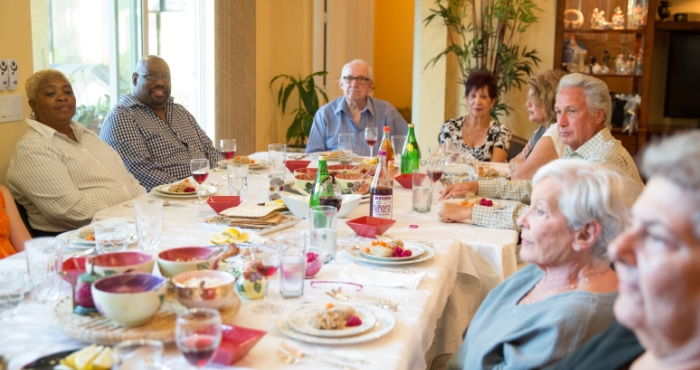
Passover is the most widely celebrated Jewish holiday in North America. What makes Passover appealing to so many of us? Is it the fact that Passover is a home-based holiday, which offers an opportunity for family and friends to gather around the seder table, recalling past memories and creating new ones? Or is it that the core themes of slavery and liberation still resonate so deeply within us that we want to retell the story of Passover again and again each year? From our elaborate holiday preparations through the seder rituals and beyond, the timeless Jewish traditions of Passover have been transformed and enhanced by feminist contributions to Jewish ritual. Seder tables around the world feature new interpretations and practices that give life to the ancient, resonant themes of this powerful holiday. A rich palate of creative readings enlivens the ancient text of the haggadah. The orange on the seder plate, once solely a symbol of gay and lesbian liberation, is now often used to highlight the role of women in Jewish life as well. Miriam’s cup joins Elijah’s on our seder tables, reminding us of the importance of women’s leadership and initiative, of the power of song and dance, and of the living waters that—in Miriam’s honor—sustained us in our desert wanderings.
Song for Miriam that can be sung as a counterpoint to Elijah’s song
This song, celebrating Miriam’s song at the sea, is great for the seder. Give everyone a tamborine!
A coming-out ceremony based upon the Passover seder to celebrate and honor liberation from the mitzrayim (narrow places) of gay, lesbian, bisexual, and transgender secrecy
An extensive ritual for Rosh Chodesh Nisan, focusing on Miriam and the crossing of the Sea of Reeds
Join us for a special event and receive a new booklet of readings and creative prompts to guide you through the Festival of Lights.
Bring your candles, your curiosity, your voice, and your yearning.
Subscribe for the latest rituals, online learning opportunities, and unique Judaica finds from our store.